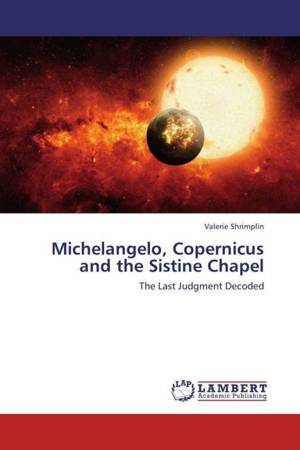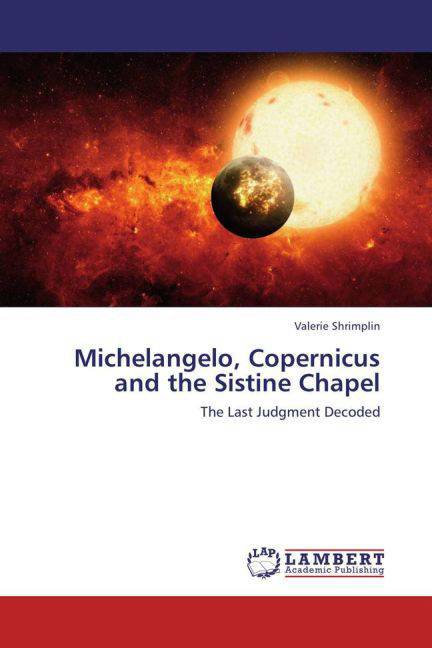
Je cadeautjes zeker op tijd in huis hebben voor de feestdagen? Kom langs in onze winkels en vind het perfecte geschenk!
- Afhalen na 1 uur in een winkel met voorraad
- Gratis thuislevering in België vanaf € 30
- Ruim aanbod met 7 miljoen producten
Je cadeautjes zeker op tijd in huis hebben voor de feestdagen? Kom langs in onze winkels en vind het perfecte geschenk!
- Afhalen na 1 uur in een winkel met voorraad
- Gratis thuislevering in België vanaf € 30
- Ruim aanbod met 7 miljoen producten
Zoeken
Michelangelo, Copernicus and the Sistine Chapel
The Last Judgment Decoded
Valerie Shrimplin
Paperback | Engels
€ 39,95
+ 79 punten
Omschrijving
The Beginning and the End of the universe, the planet, and humanity. Michelangelo s great fresco cycles of the Creation and Last Judgment on the ceiling and altar wall of the Sistine Chapel in Rome address the key issues that have concerned humanity since time immemorial. At the beginning of a new millennium, when there is great philosophical and scientific interest in the creation of the universe, and more concern about the end of the planet than ever before, Michelangelo's Last Judgment takes on a new importance as the artist's view of 'the end'. The fresco of the Last Judgment is not only a personal artistic vision of the Biblical event, but it embraces a wealth of contemporary thought and ideas. While Michelangelo was certainly imbued with traditional thinking, there is also strong evidence that he expressed ideas in the fresco that reflected immensely innovative thought related to the new cosmology of the sixteenth century, and that he did this with the due knowledge, consent and approval of Pope Clement VII who first commissioned the project in 1533, and his successor Paul III who saw it through to completion in 1541.
Specificaties
Betrokkenen
- Auteur(s):
- Uitgeverij:
Inhoud
- Aantal bladzijden:
- 96
- Taal:
- Engels
Eigenschappen
- Productcode (EAN):
- 9783659434808
- Verschijningsdatum:
- 20/08/2013
- Uitvoering:
- Paperback
- Afmetingen:
- 150 mm x 220 mm
- Gewicht:
- 145 g

Alleen bij Standaard Boekhandel
+ 79 punten op je klantenkaart van Standaard Boekhandel
Beoordelingen
We publiceren alleen reviews die voldoen aan de voorwaarden voor reviews. Bekijk onze voorwaarden voor reviews.









